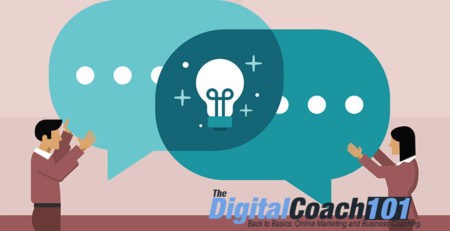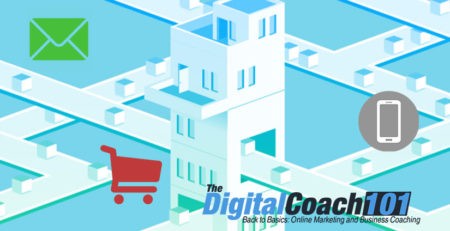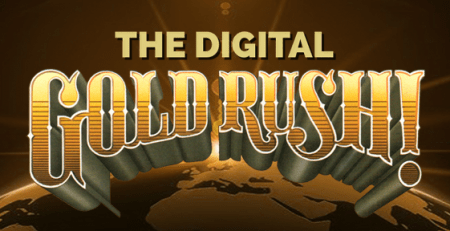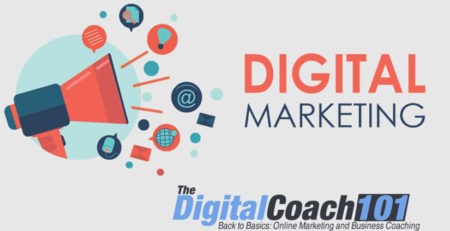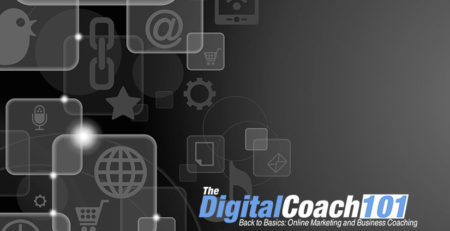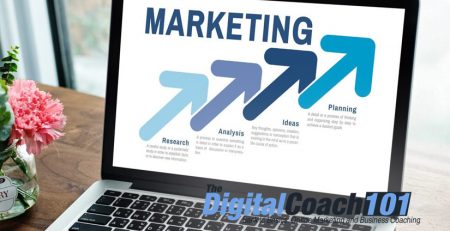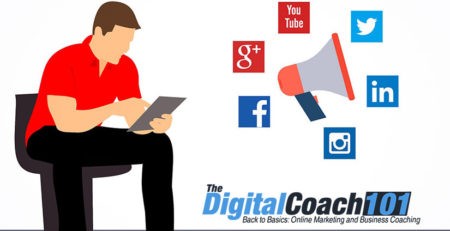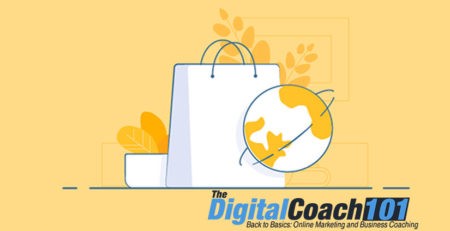Digital Marketing – It’s Time We Got Back To Basics
As digital marketers, we’re often guilty of being slaves to our own egos. We love to dazzle our clients with industry jargon and buzzwords, thinking (mistakenly) that the more unintelligible we sound, the more impressive we’ll be and the more money our clients will throw at our feet.
Because clearly, we must be undisputed experts in our fields if we can ramble on at length about all the exciting, shiny things that no one else understands. The sheer vastness of our knowledge must mean we are legends on our own lifetime with the expertise to catapult your brand into the marketing stratosphere…..
Somewhere along the line, we have seriously lost the plot.
Digital marketing is not about the shiny things. It’s not about how we can use Pokemon Go and Fidget Spinners to increase your sales. And it’s definitely not about analysis paralysis, confusing you with enough facts, figures and techno-speak to make your ears bleed.
Because let’s face it, you have other things to do with your life besides listening to a wannabe digital marketing guru trying to blind you with science. It’s time to refocus attention on tried and tested, time-honoured core strategies and channels that will drive your company’s success.
It’s time to get back to basics.
What Are The Basics Of Digital Marketing?
There’s no denying that the options available to marketers today are vast, and we can leverage a number of platforms in order to get your message across. A significant percentage of consumers browse for products and services on their smartphones, and more and more businesses are adding eCommerce options to their websites as a way to sell their products.
But while the logistics of marketing may have changed in the digital sphere, what has not changed – or at least, what shouldn’t have changed – is marketing itself. No matter what some Internet marketing profiteers will try to tell you, marketing is still, well, marketing.
When you strip away all the hype and hocus pocus, Digital Marketing has two basic goals:
- Attract people to your website
- Get those people to take action (buy a product, sign up for a newsletter, become a lead for a service, share your content).
To achieve these goals, you have two options:
Digital advertising – as with traditional advertising, this involves paying for traffic through social media ads, pay-per-click (PPC) ad campaigns or display ads on websites.
Content marketing – attracting visitors, fostering loyalty and developing trust through the regular publication of entertaining, informative and helpful information. This information is shared with consumers through e-Newsletters, blogs, articles on your website, and social media posts.
The Importance of Content Marketing
There’s so much buzz and hype around content marketing that most people forget it wasn’t actually created as a by-product of the Internet! It has actually been around a good long while and has been used to sell products and promote brands for as long as marketing itself has been a thing.
But in today’s highly connected and online world, we can harness the power of the Internet to use content marketing to even greater effect. Great content forms the backbone of any digital marketing campaign, but once again, we must resist the urge to latch on to fluff terminology and abstract ideas. Let’s not get too obsessed with algorithms and frantic optimisation. Good solid marketing will always be good solid marketing – we can just “digify” it to take advantage of the fantastic opportunities the digital platform provides.
Content marketing is more than the creation and distribution of content, it’s an invaluable tool for building relationships. When done properly, it can build brand awareness, influence brand preference and increase customer engagement.
It also gives you unprecedented access to your customers’ minds as they interact with your brand. Content marketing tools let you get up close and personal with how your customers move through, and use your content, which in turn helps you understand how you can effectively retain their interest throughout the sales conversion process.
Content marketing in the digital realm is unique in that it lets you engage with prospective customers wherever they happen to be in the purchasing process (or sales funnel). It enables you to give them a nudge forward to encourage them to move further down the funnel towards the ultimate conversion – a sale!
Five Digital Marketing Basics Everyone Should Follow
When you sit down with your digital marketing agency, don’t let them ramble on with mind-numbing techno-speak. Get them to outline the basics first. If they get those right, you’ll start noticing definite improvements in website traffic and customer conversions. Once that’s happening, then, and only then, can they start getting a bit fancy with their ideas!
Stick to these basic strategies and you will reap the rewards:
Brand Identification
What does your brand stand for, and what story are you trying to tell your customers? The answers to these questions should be the compass that guides all your digital marketing efforts. When you know these two things, you’ll suddenly have clarity on how you’re going to structure your SEO (search engine optimisation) efforts, and what words or phrases you identify with for searches. Once established, your brand ID should be marketed consistently across all platforms – website, email, social networks and mobile apps.
Content Optimisation
The absolute Holy Grail of digital marketing, effective content optimisation is the secret sauce you need to boost your website’s performance. You need to both regularly add original, valuable content and optimise that content for different browsers and different devices – especially mobile, the fast-growing way in which people consume digital media.
Search Marketing
There are countless research studies that show roughly 70 percent of purchase decisions begin with an online search, and almost 90% of consumers use search engines to find information about a particular product or service before buying. Search engine marketing (SEM) means only paying when someone clicks through to your website, giving you the clearest return on investment (ROI) of any digital marketing platform available.
Social Media
The best way to start a conversation with your customers, social media’s interactive nature is key to getting people talking about your business and the products or service you provide. But don’t get sucked into thinking that you have to leverage every social media outlet available. Pick one or two initially and concentrate on getting those 100 percent right. Choose the options most relevant to your business. As the largest social media platform in the world, Facebook is always a goodie, and if your product is highly visual, for example, Pinterest or Instagram would work well too. Nail the basics first, then get clever.
Sales leads and conversion
Most industry gurus (the proper ones, that is!) will tell you that it takes a customer an average of seven separate engagements with your brand before they convert. Be patient, and keep working to seduce your visitors. Make them want to sign up for your newsletter, Like you on Facebook or download a white paper. Baby steps build brands.
Bottom line? Digital marketing cannot only rely on technology to succeed – and yes, we know that sounds illogical and a little counter-intuitive! But you have to focus on the basics – your message and your strategy. The digital realm simply gives you the tools to implement that strategy and get your message out there.
For more awesome advice like this, contact Digital Coach. We make it our business to build yours.


